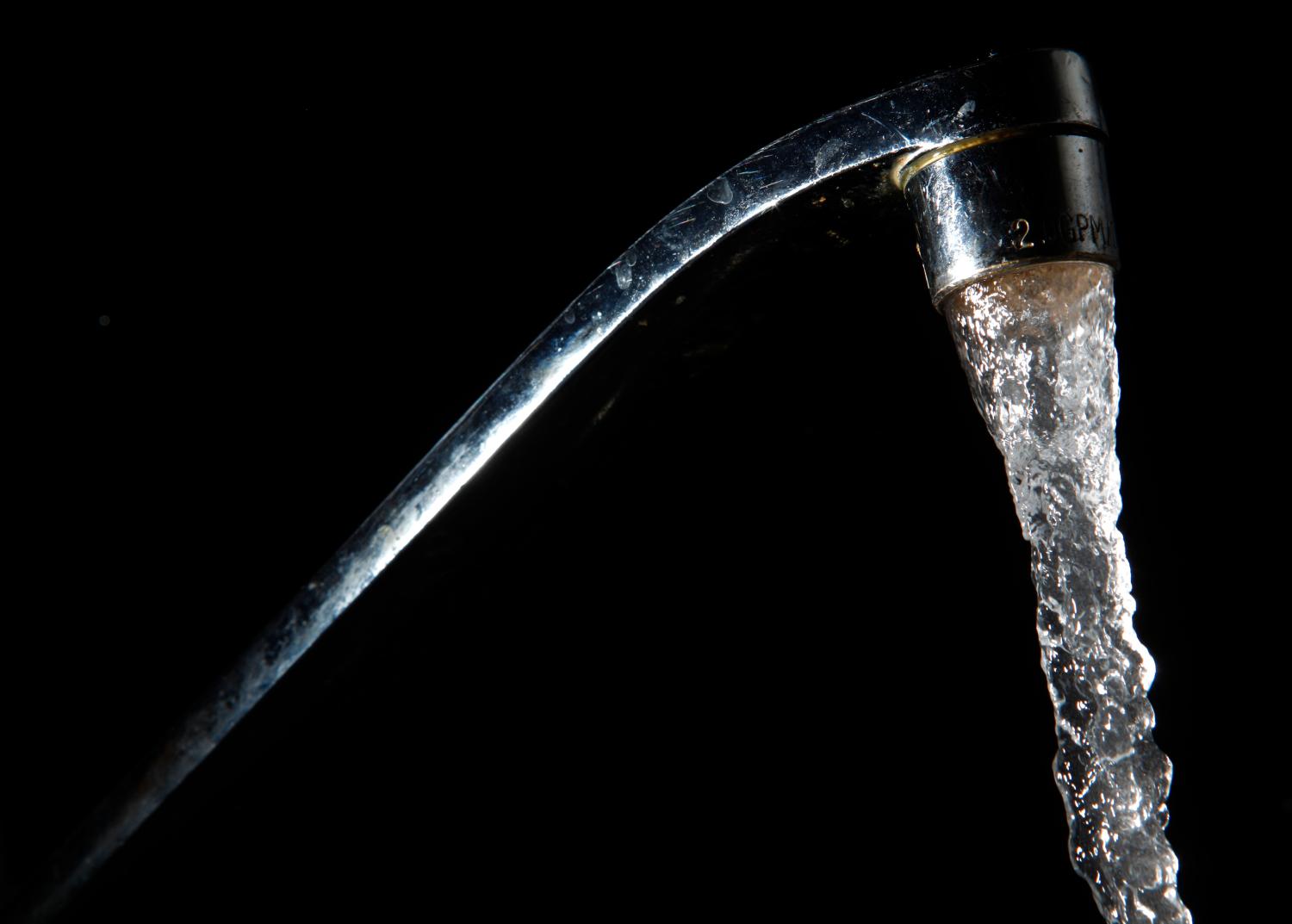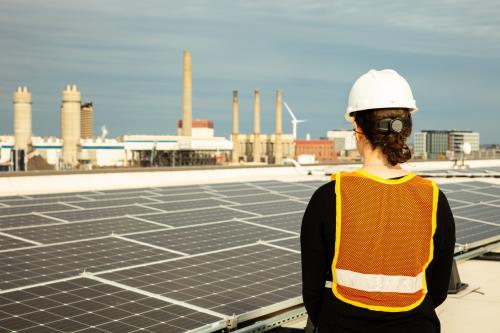Editor’s Note: In “Cleaner Rivers for the National Capital Region: Sharing the Cost,” Carol O’Cleireacain discusses the various economic and environmental challenges of the Clean Rivers Project , and explores fair and sustainable options in how D.C. Water can improve the project’s financing model while continuing to address the failings of the current combined sewer system, which carries harmful storm water and sewage into the region’s rivers.
“Clean water is non-negotiable and expensive. To ensure the success of the Clean Rivers Project, the region needs a better financing system beyond D.C. Water’s narrow rate base.”
D.C. Water, formerly the D.C. Water and Sewer Authority (WASA), has embarked on a 20-year, $2.6 billion Clean Rivers Project initiative to nearly eliminate sewage discharge into area waterways. Like many cities, Washington is partially served by a combined sewer system (CSS) that carries both storm water and sewage. The District’s CSS is the legacy of the federal government, which built the system and governed the city until limited home rule in 1973. Today, heavy rains that exceed the capacity of the combined system trigger the release of overflow storm water and sewage into area rivers, ultimately flowing into the Chesapeake Bay. The Clean Rivers Project, mandated by a 2005 consent decree with the U.S. Environmental Protection Agency, will build underground tunnels to store overflow storm water and sewage during rainstorms until it can be sent to a treatment plant.
D.C. Water will finance the Clean Rivers Project by issuing long-term bonds backed primarily by revenue from water usage and a new “impervious area” charge. It is also exploring the extent to which “green infrastructure” can contribute to reduced storm water. The federal government has supported the project, but its contributions are not guaranteed nor have the amounts been predictable. Despite D.C. Water’s active and forward-looking management, the Clean Rivers Project raises multiple concerns. These include the burden it will place on District rate payers; the possibility of crowding out D.C. Water’s other maintenance and improvement projects; whether and how the beneficiaries of cleaner water downstream should contribute to the cost; the project’s interaction with other expensive pollution-reduction mandates in the city and region; the lack of financing forecasts for the second half of the project; and the possibility that D.C. Water ultimately may not be able to afford the project as currently structured.
D.C. Water and the Metropolitan Washington Council of Governments should convene a regional coalition to discuss options to pay for the Clean Rivers Project in the context of other water quality mandates in the region. The regional coalition should discuss options to expand the project’s payment base to include a broader range of clean water beneficiaries, in addition to calling for the federal government to make regular and predictable contributions towards the Clean Rivers Project.



